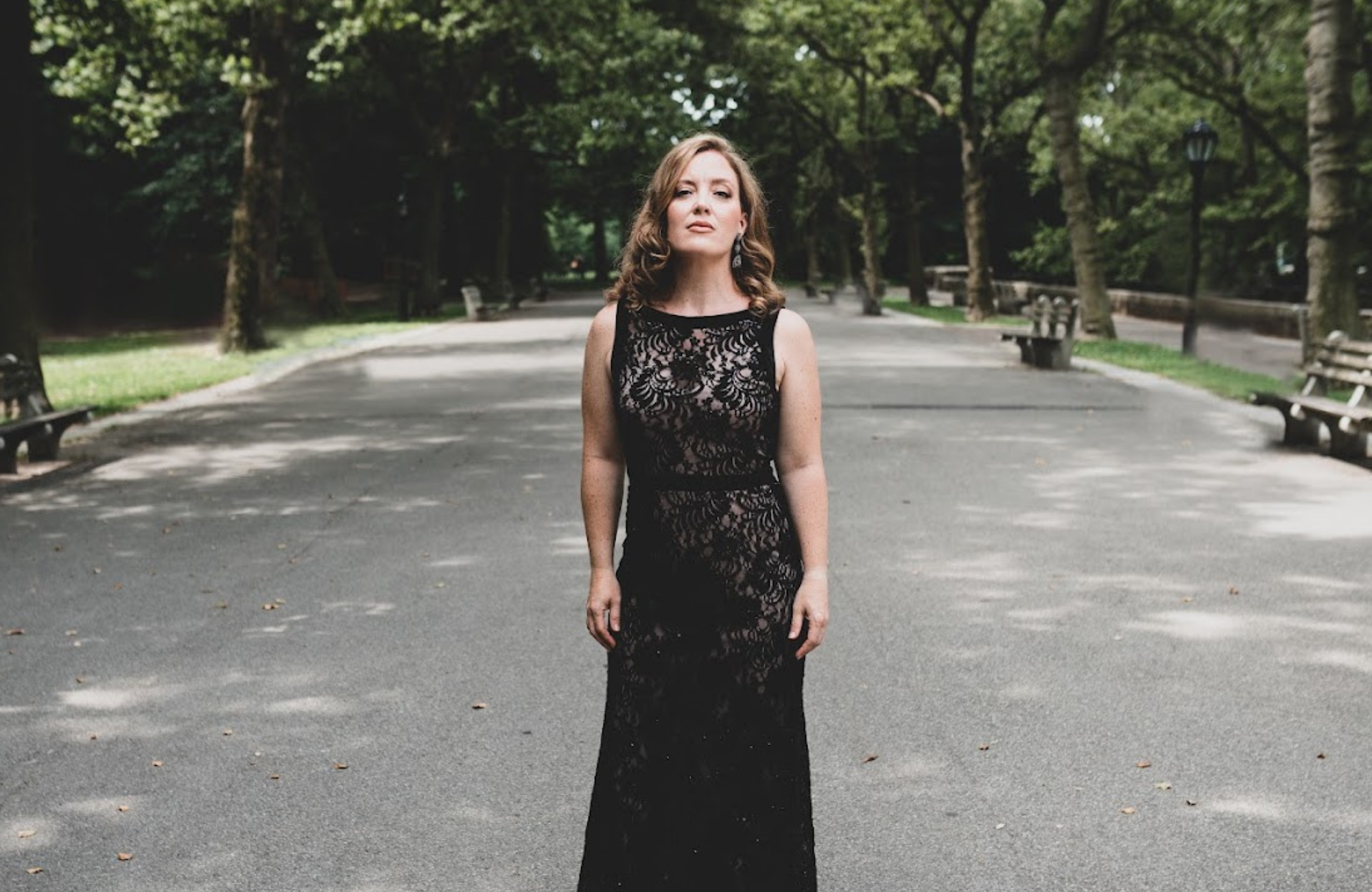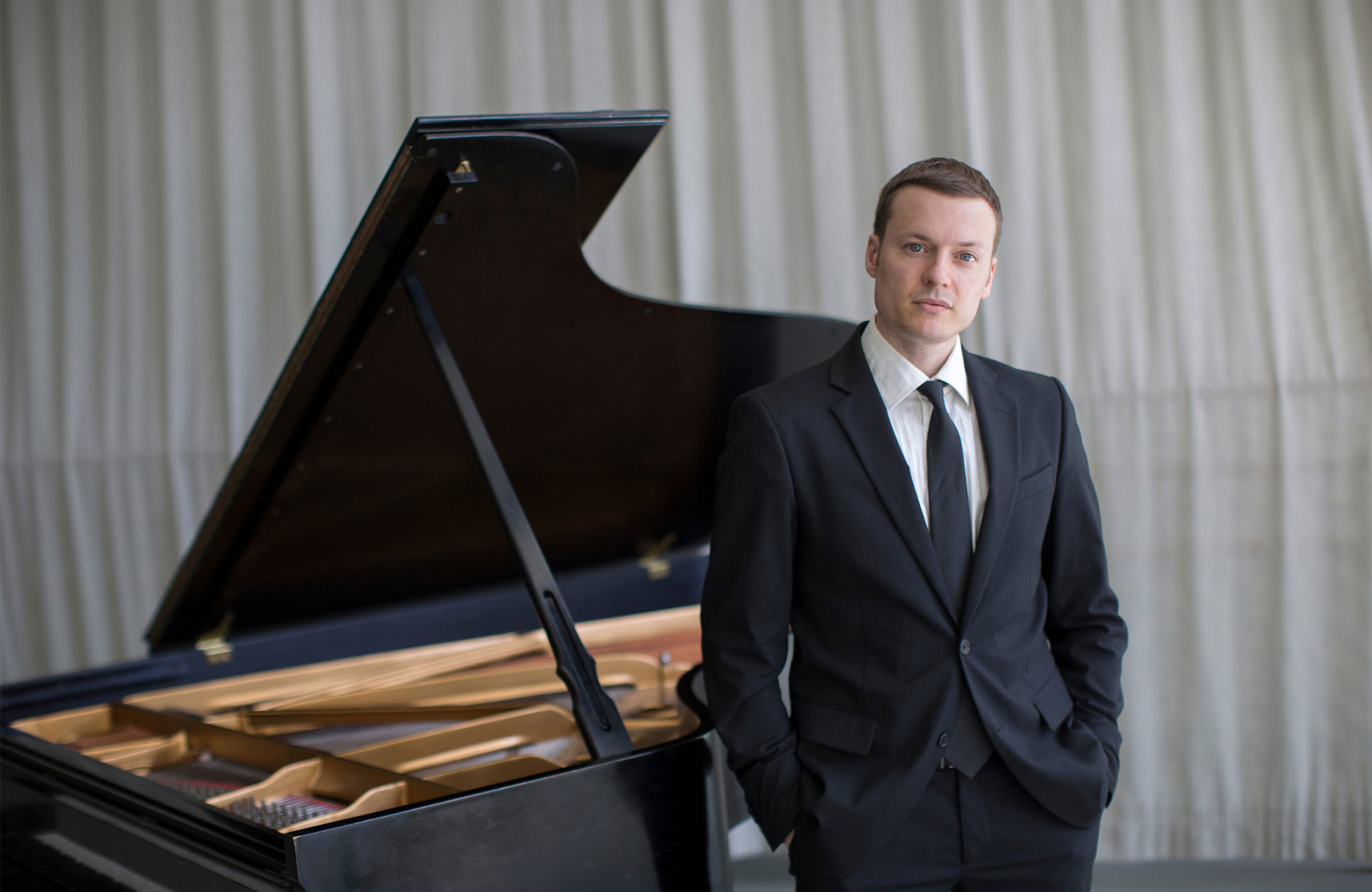The Syracuse University Oratorio Society returns to the Symphoria Stage for Francis Poulenc’s gorgeous Gloria. This all-French program also features music by Lili Boulanger and Hector Berlioz Symphonie Fantastique.
PROGRAM
BOULANGER: D’un matin de printemps (Of a Spring Morning)
POULENC: Gloria
BERLIOZ: Symphonie Fantastique
PROGRAM NOTES
Our French concert opens and closes with works written by two composers when they were just in their twenties. Both had recently won France’s coveted Prix de Rome prize for composition; both wrote music that, even in their youth, showed striking personality; both handled the orchestra with exceptional skill and imagination. Yet in most other ways, they are worlds apart.
Hector Berlioz (1803-1869), one of the romantic era’s great extroverts, lived by hyperbole. That quality is evident in his 1830 Symphonie fantastique, written under the spell of actress Harriet Smithson’s “dramatic genius” after he had ...
Our French concert opens and closes with works written by two composers when they were just in their twenties. Both had recently won France’s coveted Prix de Rome prize for composition; both wrote music that, even in their youth, showed striking personality; both handled the orchestra with exceptional skill and imagination. Yet in most other ways, they are worlds apart.
Hector Berlioz (1803-1869), one of the romantic era’s great extroverts, lived by hyperbole. That quality is evident in his 1830 Symphonie fantastique, written under the spell of actress Harriet Smithson’s “dramatic genius” after he had seen her perform Ophelia and Juliet in 1827. The experience was so powerful that, as he said in his typically over-the-top fashion, he kept away from her later performances because “more experiences of that kind would have killed me.” He did not, however, keep away from Smithson herself. He wrote her a series of passionate letters. When she ignored them, he composed the semi-autobiographical Symphonie fantastique, depicting the mind of a love-sick man: his initial obsession, his attempt to commit suicide with an overdose of opium, and the resulting delirium during which he imagines being executed for murdering her and dreams of attending a witches’ sabbath over which she presides. (The full details of the music’s program are printed in an insert). Not the sort of thing you’d expect to bring her around—nor was their brief first meeting, where he terrified her with the “look in his eyes.” And yet, when Smithson finally heard the symphony in 1832, she was bowled over by Berlioz’s genius and agreed to marry him. A happy ending? Hardly. The marriage failed, and the couple split up.
The Symphonie fantastique stands, with Beethoven’s Eroica and Wagner’s Tristan und Isolde, among the most innovative works of the romantic period. In part, that’s because of its programmatic elements. There had been program symphonies before (for instance, Beethoven’s Pastorale), but nothing with this density of detail. The Symphonie fantastique inaugurated a new way of thinking about musical description, a way that led to Liszt’s and Strauss’s tone poems. This programmatic aim had major formal consequences. To represent his protagonist’s romantic obsession, Berlioz unified his work with a thematic obsession, using what he called a musical “idée fixe”—a long and searching theme, with irregular phrase patterns, representing his beloved. It first appears in the opening allegro, but it shows up in altered forms in all five movements. Thus, in the second movement, the theme arrives as a feathery waltz vision as the hero glimpses her at a ball; in the fourth, we hear it as a brief memory just before the execution. Most striking, and most spiteful, is its distorted, ugly presence—initially screeched out by E-flat clarinet and piccolo—in the finale. Here the idée fixe comes up against a parody of the plainchant melody for the Dies Irae (Day of Wrath), part of the Catholic Requiem Mass—providing what conductor Larry Loh calls one of the repertoire’s most exciting and terrifying conclusions. (The Dies Irae theme was later taken up by many other composers as well, especially Rachmaninoff, who incorporated it throughout his career; we heard it just two months ago at the end of his Third Symphony.)
More influential than the Symphonie Fantastique’s program and formal innovation, though, was Berlioz’s daring orchestration. At our last Masterworks Concert, we saw how Rimsky-Korsakov and Ravel elevated orchestral color to the point where it stood on a par with melody, harmony, rhythm, and texture. That approach has roots in the Symphonie fantastique. No earlier symphony in the repertoire used such extravagant forces, especially in the brass and percussion—and no earlier symphony used them in such unusual, and often ear-wrenching, ways. The most grotesque sounds are heard in the riotous finale—but the most haunting may be the evocation of distant thunder by four timpanists at the end of the slow movement. The score challenges orchestra and conductor with its tricky balances, too—not always in the most obvious places. Larry points to the second movement, “A Ball,” which has two independent harp parts, but is otherwise modestly scored. “It’s one of the hardest things for an orchestra to play well: to have the right spirit, to have the harps in perfect sync.”
Lili Boulanger (1893–1918) could not have been more different from Berlioz. She was one of music’s great prodigies; but her life was constricted, not only by her gender but also by her fragile health. (She suffered from what was probably Crohn’s Disease). As a result, she matured early. Thus, the Symphonie fantastique is a product of hot-blooded youth; but although Boulanger was even younger in 1917–18 when she composed D’un matin de printemps (Of a Spring Morning), it has the hallmarks of wisdom and self-control. It has tremendous individuality, too. Larry points in particular to Boulanger’s “unique harmonic voice.” While “in line with that of other French composers of the time” (you may well be reminded of Debussy), that voice is distinctly her own.
She knew she was close to death; indeed, tonight’s piece and its companion D’un soir triste (Of a Sad Evening) are the last scores she was able to write out herself. Boulanger’s final completed work, Vielle prière bouddique, had to be dictated to her sister Nadia (herself famous as one of the 20th century’s greatest teachers). But it wasn’t only her health that weighed her down. The slaughter of the First World War was continuing, and Paris was threatened by German planes and long-distance shelling. D’un soir triste, which we hope to program in a coming season, clearly reflects the destruction around her. But great art can transcend personal and political circumstances—and you’d be hard pressed to find a clearer example than D’un matin de printemps, a magical and affirmative work that’s energetic, whimsical, and brightly colored. True, there are hints of threat here and there, but they are swept away. Given Boulanger’s circumstances, it must have taken extraordinary will power to compose this brief tone poem—and yet there is no sign of strain.
On tonight’s concert, the brightness of D’un matin de printemps leads us into a work that is more uplifting still: the 1960 Gloria by Francis Poulenc (1899–1963). Generically, the Gloria blurs boundaries. The composer called it a “large choral symphony.” In other words, despite a liturgical text, the Gloria is intended for concert use—and as Larry points out, the orchestra is more independent, less a mere accompaniment, than in much choral music.
Stylistically, Poulenc liked to blur boundaries, too, writing music that ostentatiously parades vastly different influences (including pop music and non-western traditions) and bounces among radically different aesthetic stances. In this work, you can hear the hard-edged toughness of Stravinsky (in particular, the use of what John Warren, director of the Syracuse University Oratorio Society, calls “block repetitions of short phrases with little adjustments”); but this severity runs up against music of unbelievable sweetness. His outlook, especially in his religious works, can be reflective; but it’s just as likely to be chic and witty. In this work, John points out, he gives us “upbeat, lively, bouncy movements, and then balances them with these ethereal and meaningful soprano solo movements. It’s a really interesting dichotomy.” Indeed, the lighter moments of the Gloria provoked an uproar when the piece was new. “The second movement,” the composer wrote, “caused a scandal; I wonder why? I was simply thinking … of the Gozzoli frescoes in which the angels stick out their tongues; I was thinking also of the serious Benedictines whom I saw playing soccer one day.”
To add to what John calls the “paradoxical” nature of the piece, “Poulenc often has a different slant on the text.” Take, for instance, the setting of the Rex caelestis (King of Heaven). Composers like Mozart, he says, “would take advantage of the regal nature of the text with some big fanfare or heavily dotted rhythm, a full brass section kind of thing. And here it is so exposed, with a soprano solo with crazy jumps and leaps in pitch. It’s really thought-provoking.” Thought-provoking: yet, as the final Amens float away, profoundly consoling as well, something especially welcome at the present time.
Peter J. Rabinowitz
Have any comments or questions? Please write to me at prabinowitz@ExperienceSymphoria.org
FEATURED ARTISTS


Founded in 1975, the Syracuse University Oratorio Society is a large chorus comprised of Syracuse University students and community members that regularly performs choral-orchestral masterworks with the Syracuse Orchestra. The Oratorio Society has been directed by John Warren, professor of music and director of choral activities, since 2011.
Founded in 1975, the Syracuse University Oratorio Society is a large chorus comprised of Syracuse University students and community members that regularly performs choral-orchestral masterworks with the Syracuse Orchestra. The Oratorio Society has been directed by John Warren, professor of music and director of choral activities, since 2011.




